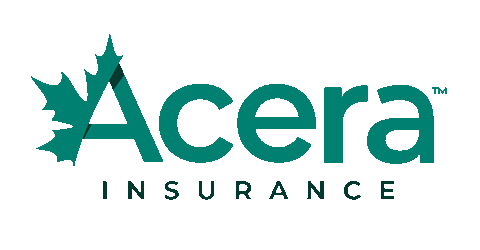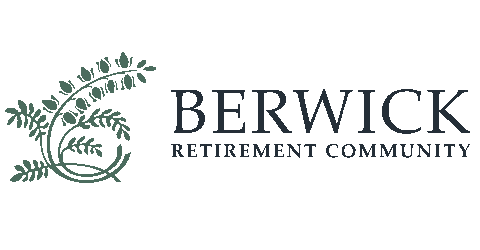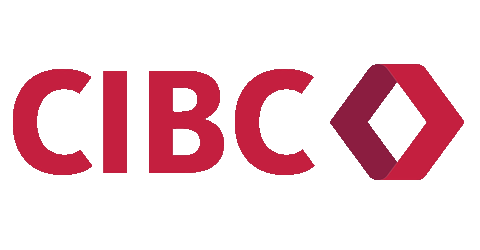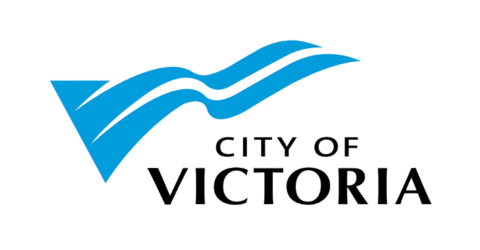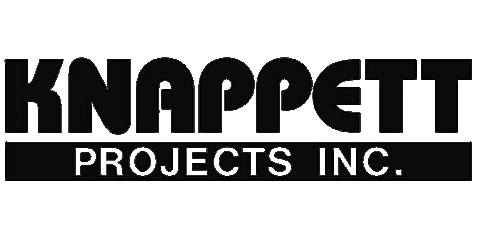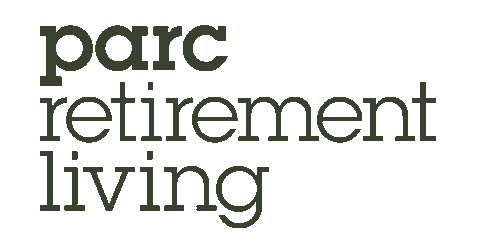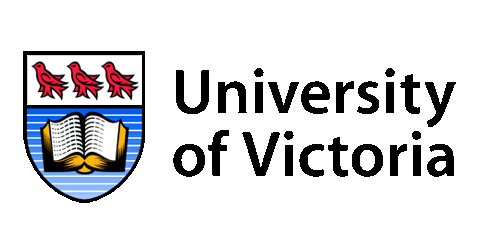BC Housing gets grant funding for 530 new homes
Housing is foundational to building a strong economy and safe communities. The Chamber advocates for policy change and investment in housing to support builders and the real estate sector, as well as to provide homes for all levels of our workforce and help people facing homelessness.
“We work for all of our members and are grateful that members such as BC Housing are getting more homes built in our region,” Chamber CEO Bruce Williams said, about news that BC Housing recently received $62 million in grant funding for 530 homes in our region.
The homes will be in five housing projects:
- Camas House: 66 on-reserve homes at 1504A Admirals Rd. in Victoria for members of the Songhees Nation, operated by M’akola Housing Society.
- Crosstown: 154 homes (100 affordable and 54 supportive homes) at 584 Burnside Rd. E. in Victoria, operated by Victoria Cool Aid Society.
- The Ferns: Located at 496/498 Cecilia Rd. in Victoria, 88 homes will be operated by Pacifica Housing and 59 child care spaces will be managed by Burnside Gorge Community Association.
- The Lions: 137 homes at 874 Fleming St. in Esquimalt, operated by Greater Victoria Housing Society.
- The Woodlands: 85 homes at 3700 Cedar Hill Rd. in the District of Saanich, operated by Dawson Heights Housing Society.

